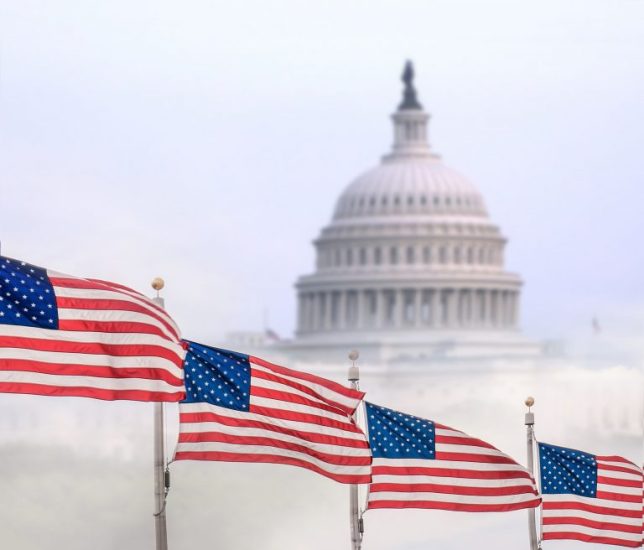The Association for Uncrewed Vehicle Systems International (AUVSI) has published a legal white paper which sets out the legal status of states, localities and property owners in relation to uncrewed air vehicle operations.
“As the Drone Flies: How to Think About Property Ownership, Federal Preemption, and Airspace Control in the Era of Remotely Piloted Aircraft” addresses two key legal issues: first, the rights of individual property owners in the surface of their property as compared to the airspace above, and second, the authority of states and localities given federal pre-emption in the fields of air navigation and aviation safety, according to AUSVI.
“While the advent of drones may appear to pose an inflection point for a variety of traditional legal concepts, these supposed conflicts are, in actuality, easily resolved,” said Sara Baxenberg, Partner at Wiley Rein LLP and one of the authors of the report. “States can protect rights, interests, and assets in a way that ensures that the rules are clear for all stakeholders and all interests are adequately safeguarded.”
The paper follows the launch of AUVSI’s multi-state Drone Prepared initiative to help lawmakers ensure that their state or locality is ready for the benefits the future of uncrewed and autonomous flight will bring to their communities, said the association. “Model legislation from Drone Prepared has been introduced in both chambers in Mississippi and passed last week with overwhelming support in the state Senate”.
“Under U.S. v. Causby and its progeny, individual landowners have a robust right in the surface of their property, but not the airspace itself,” says the text of the report. “Aviation activities impact real property rights only where those activities occur in the “immediate reaches” of the property and “substantially interfere” with the property owner’s use and enjoyment of the land.
“The federal government has exclusive control over U.S. airspace. Because airspace is an instrumentality of commerce, this authority is rooted in the Commerce Clause of the Constitution. Further, given the complexity of the airspace as it has developed, exclusive federal control (under Federal Aviation Administration (FAA) authority) continues to be necessary for safety. Federal law in this area not only preempts inconsistent state and local regulation, but occupies the entire field of aviation safety, including air navigation. “Navigable Airspace” While federal law uses the phrase “navigable airspace,” there is no “non-navigable” airspace in which landowners have a property right and states and localities are free to regulate. “Navigable airspace” is any airspace in which the FAA authorizes flight, including that in which drones can operate under Part 107 of FAA regulations. For property owners, the relevant question for determining whether their rights are impacted is not whether flights occurred in “navigable airspace,” but whether they were in the “immediate reaches” of the land—an independent legal concept.”
For more information
https://www.auvsi.org/auvsi-announces-publication-legal-white-paper-help-states-prepare-drones




